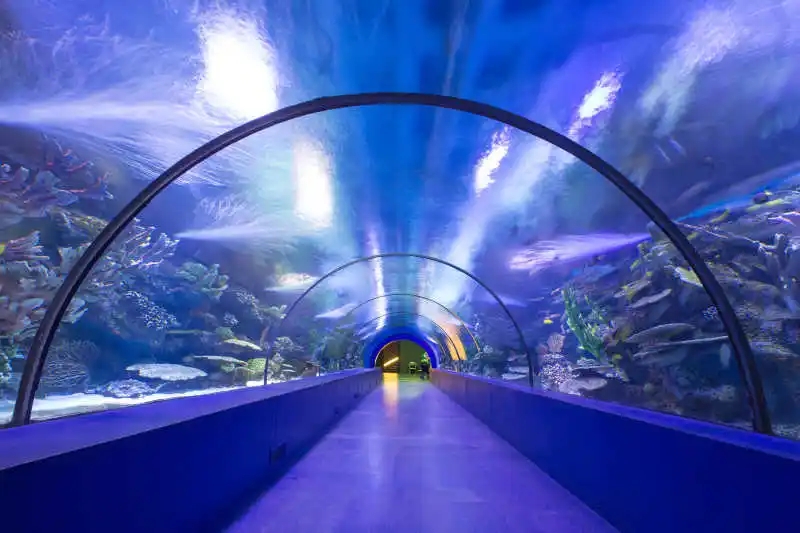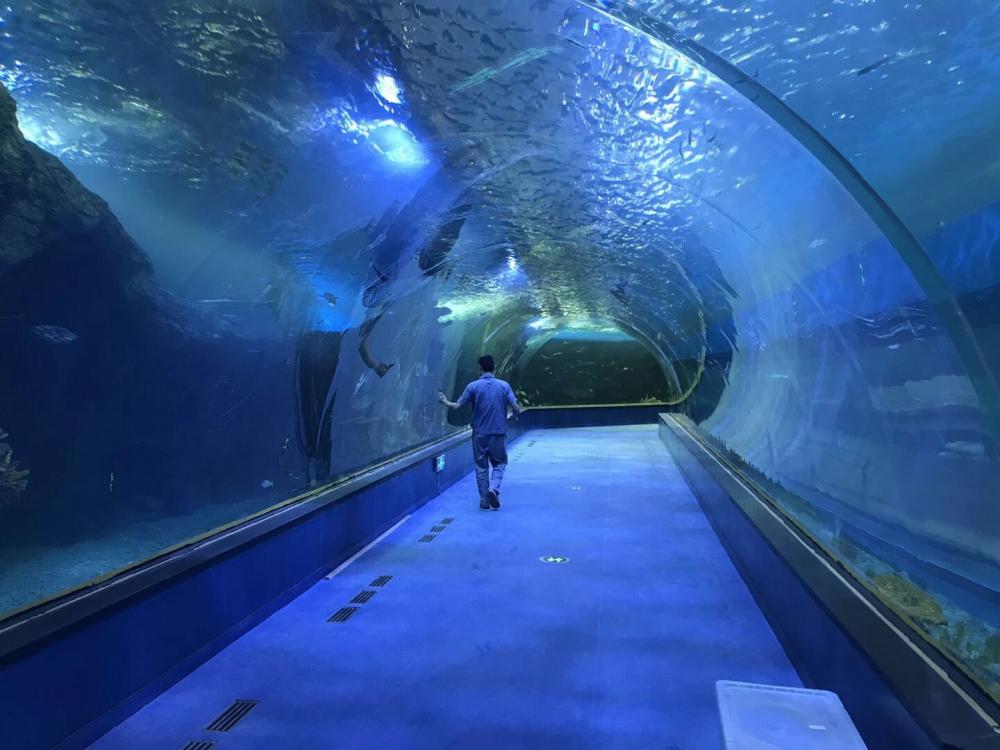From Phil Stenholm: Another installment in the History of the Evanston Fire Department THE SEAGRAVE CONNECTION The first Seagrave unit to arrive was the city service truck, which quickly replaced an old leased LaFrance-Hayes ladder truck. A Seagrave representative named Michael Shafer accompanied the truck during its rail transport from Columbus, Ohio, and stayed in Evanston for two months to train drivers and assist with operations. His presence proved invaluable as the department adapted to its new technology. The city service truck’s first major call came on December 30, 1917, when the Evanston Strand Theater caught fire. It was one of the worst fires in the city’s history up to that point, causing $30,000 in damage. Two men were seen fleeing the theater before the blaze was discovered, but no conclusive evidence of arson was found due to the severe damage. This was the second fire at the Strand in two years; the first had been accidental, sparked by an electrical short in 1916. The theater later became the Valencia Theater, part of the Balaban & Katz chain that included the Varsity and Coronet theaters. The next Seagrave units—two 300-GPM booster pumpers and a 750-GPM triple-combination pumper—arrived after being temporarily misplaced during the Great Blizzard of 1918. Once recovered, they were tested at Becker’s Pond (now Boltwood Park) under the supervision of Shafer and EFD Chief Albert Hofstetter. All passed easily, with the booster pumpers exceeding their ratings. These rigs soon replaced older models at the various stations. With the arrival of the Seagrave vehicles, all remaining horse-drawn equipment was retired. On February 21, 1918, the last three horses were officially retired, and the American LaFrance steamer was converted into a tractor-drawn unit. It returned to service as Engine No. 2 at Station #2, while the Robinson Jumbo, an older engine, was placed in reserve as Engine No. 4. The Robinson Jumbo, once a key piece of equipment, was eventually transferred to the street department in 1929. Meanwhile, the steamer remained in reserve until 1938, serving as a backup for many years. During this time, it was occasionally used alongside the Jumbo when needed. In 1918, the EFD expanded to 41 personnel, with three nine-man engine companies and one 13-man truck company. With a 24-hour shift schedule, about two-thirds of the force was always on duty, allowing for efficient coverage across the city. That year also saw several promotions and changes in leadership. Assistant Chief Thomas Norman retired after 22 years, and Capt. Ed Johnson was promoted to assistant chief. Lt. Tom McEnery moved up to captain, and firefighters Harry Schaeffer and Ed McEnery were promoted to lieutenant. Meanwhile, Earnest Erickson, who had driven the Robinson Jumbo for six years, was let go after another firefighter passed the motor driver exam. Frank Altenberg, who had taken over as engineer on the steamer in 1916, also qualified as a motor driver and was assigned to Station #3. Due to a lack of qualified drivers, John Monks served as a temporary relief driver. Other engineers, like J.A. "Dad" Patrick and Max Kraatz, were unable to pass the motor driver test and remained at Station #2, where they maintained both the steamer and a reserve engine. At the same time, Motor Engine Co. 1 was reorganized, with Truck Co. 1 operating separately from Engine Co. 1. Each station now had its own engine and truck companies, improving response efficiency. The city was divided into three districts, with Engine Co. 1 covering Greenleaf to Foster, Engine Co. 2 south of Greenleaf, and Engine Co. 3 north of Foster. This marked a turning point for the Evanston Fire Department, setting the stage for continued growth and modernization in the years to come.
Acrylic tunnels are mostly used in aquariums, which are convenient for watching fish, and make people feel like they are there. Technically, our factory adopts acrylic one-time pouring sheet, cuts the acrylic slab according to the required size, and uses a customized mold to heat-bend the acrylic sheet into the arc panel needed by the acrylic tunnel. Moreover, our factory can apply arc seamless splicing technology at the corner of the acrylic tunnel to connect multiple tunnels into a whole without gluing, which greatly improves the aesthetics of the acrylic tunnel.
Acrylic Tunnel,Acrylic Flesh Tunnels,Acrylic Ear Tunnels,Aquarium Tunnel Jiangsu Jinsui Acrylic Technology Co., LTD , https://www.jinsuiacrylic.com
In 1917, Evanston took a major step toward modernization when voters approved a $30,000 bond to purchase new motorized firefighting equipment. This investment led to the acquisition of five Seagrave vehicles, marking the full transition from horse-drawn to automobile-based fire apparatus. Among these were a Model “E†city service ladder truck, a 750-GPM triple-combination pumper, two 300-GPM chemical and hose booster pumpers, and a Model “K†front-drive tractor that replaced the horse-drawn American LaFrance Metropolitan steamer. The total cost was $28,800, and the units were gradually put into service between November 1917 and March 1918.

